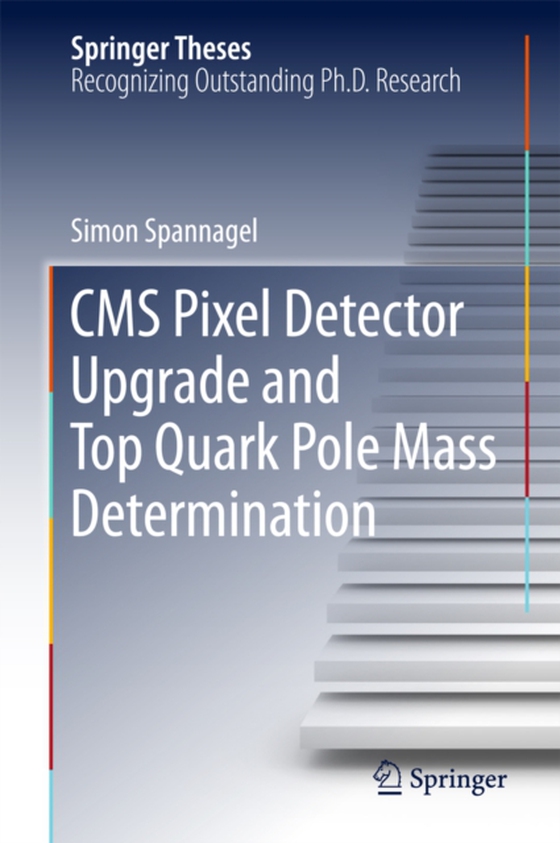
CMS Pixel Detector Upgrade and Top Quark Pole Mass Determination e-bog
875,33 DKK
(inkl. moms 1094,16 DKK)
This thesis addresses two different topics, both vital for implementing modern high-energy physics experiments: detector development and data analysis. Providing a concise introduction to both the standard model of particle physics and the basic principles of semiconductor tracking detectors, it presents the first measurement of the top quark pole mass from the differential cross-section of tt+...
E-bog
875,33 DKK
Forlag
Springer
Udgivet
1 august 2017
Genrer
PDD
Sprog
English
Format
epub
Beskyttelse
LCP
ISBN
9783319588803
This thesis addresses two different topics, both vital for implementing modern high-energy physics experiments: detector development and data analysis. Providing a concise introduction to both the standard model of particle physics and the basic principles of semiconductor tracking detectors, it presents the first measurement of the top quark pole mass from the differential cross-section of tt+J events in the dileptonic tt decay channel.The first part focuses on the development and characterization of silicon pixel detectors. To account for the expected increase in luminosity of the Large Hadron Collider (LHC), the pixel detector of the compact muon solenoid (CMS) experiment is replaced by an upgraded detector with new front-end electronics. It presents comprehensive test beam studies conducted to verify the design and quantify the performance of the new front-end in terms of tracking efficiency and spatial resolution. Furthermore, it proposes a new cluster interpolation method, which utilizes the third central moment of the cluster charge distribution to improve the position resolution.The second part of the thesis introduces an alternative measurement of the top quark mass from the normalized differential production cross-sections of dileptonic top quark pair events with an additional jet. The energy measurement is 8TeV. Using theoretical predictions at next-to-leading order in perturbative Quantum Chromodynamics (QCD), the top quark pole mass is determined using a template fit method.
 Dansk
Dansk

